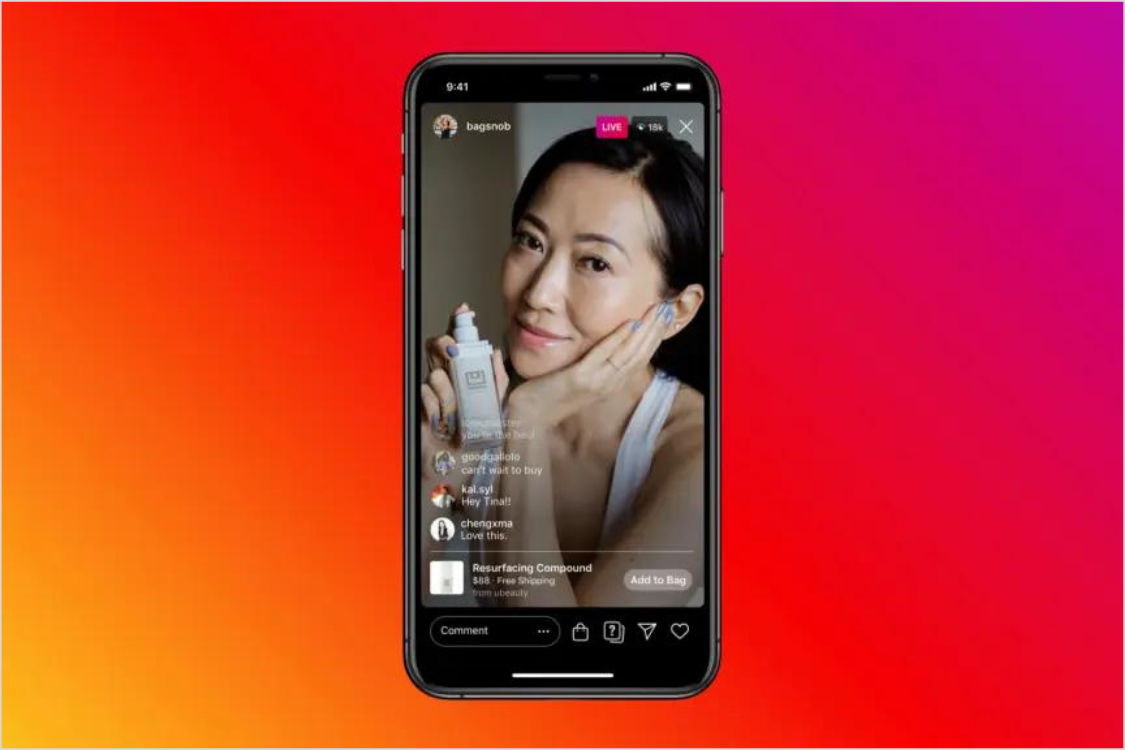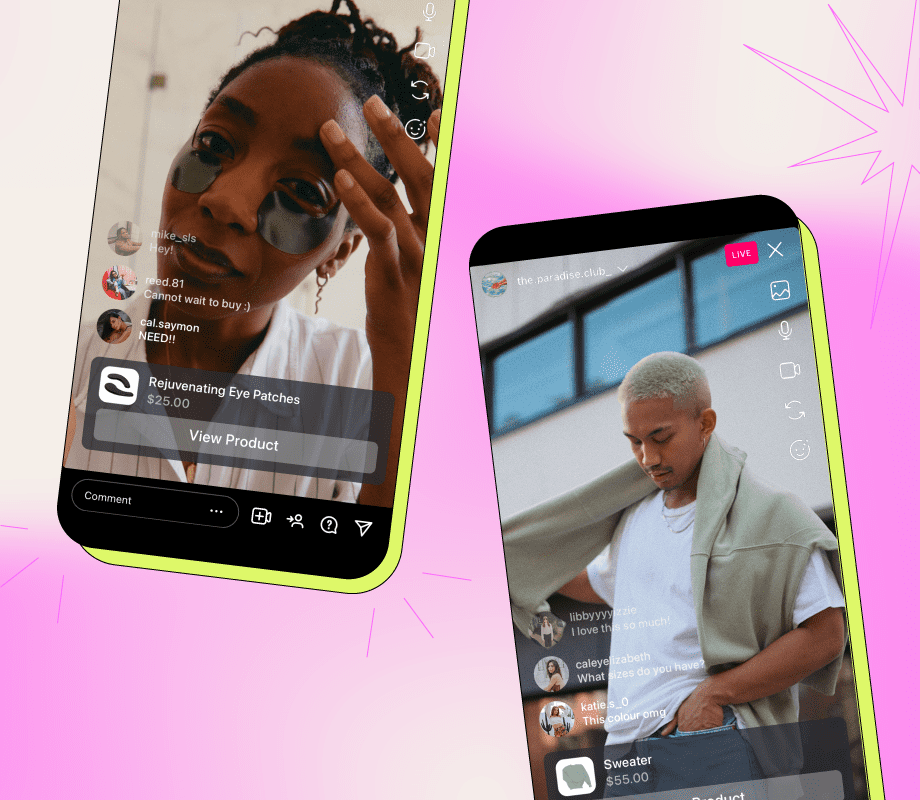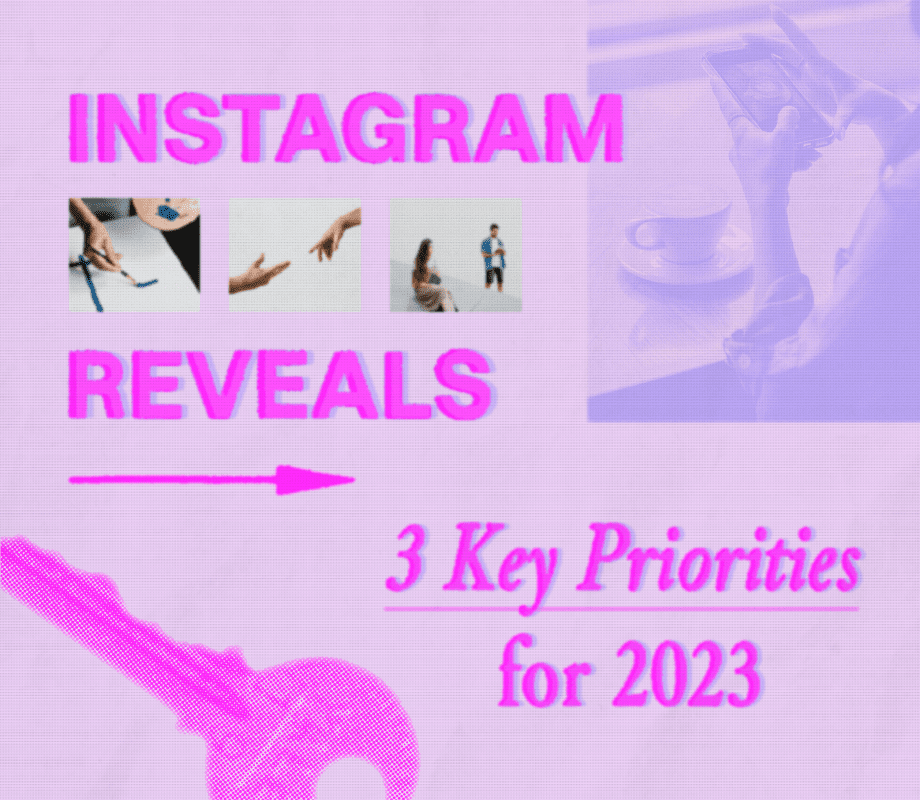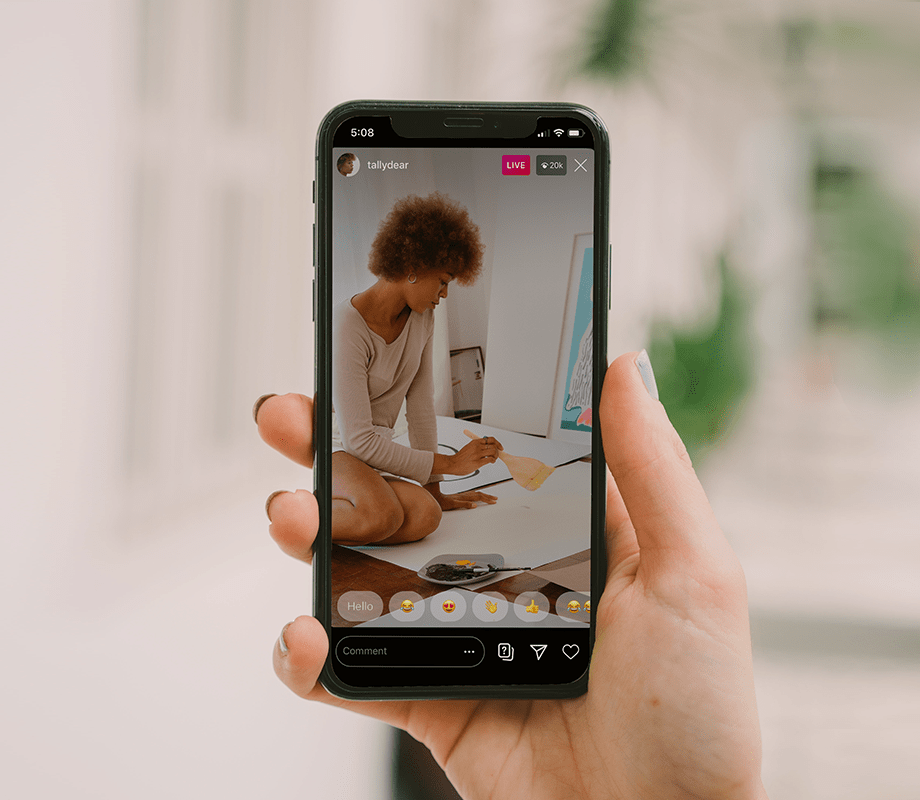Pour one out for Instagram Live Shopping.
Instagram recently announced that, as of March 16th, you’ll no longer be able to tag products in live broadcasts on the platform.
As Instagram's priority for 2023 is to "bring people together," and focus more on connection and creating, this move isn't too surprising.
However, it does mark changes ahead for how we'll shop on the platform.
We've got all the details below.
What Is Instagram Live Shopping?
Launched in 2020, Instagram Live Shopping let brands and creators sell products during an Instagram Live broadcast.

At the time, it made sense.
Global lockdowns had led to a surge in Instagram livestreams — usage jumped by 70% in one month alone.
And coupled with more businesses moving towards e-commerce, Instagram Live Shopping became a natural fit.
Why Is Instagram Removing Live Shopping?
While there was a major boom in 2020, livestream shopping hasn't taken off in the US as much as we initially predicted.
In 2022, livestream shopping accounted for more than 17% of all e-commerce sales in China. In comparison, it's represented less than 2% of e-commerce sales in the US.
And while some platforms have decided to lean into livestream shopping — for example, TikTok — the 'gram has other plans.
In recent months, the app has been deprioritizing all of its shopping features — including the removal of the Shop tab from the home feed’s navigation bar:
The takeaway? While users can still set up an Instagram Shop, it'll no longer be front and centre.
And now, livestream shopping is being removed completely.
Instead, Instagram will focus more on advertising tools. And it adds ups — the platform made over $33B in ad revenue in 2022. Cha-ching. 💸
So, what do you think about Instagram's pivot? Let us know over on Later's Instagram account.
And for more Instagram news and trends, subscribe to Later's free weekly newsletter to stay in-the-know:




